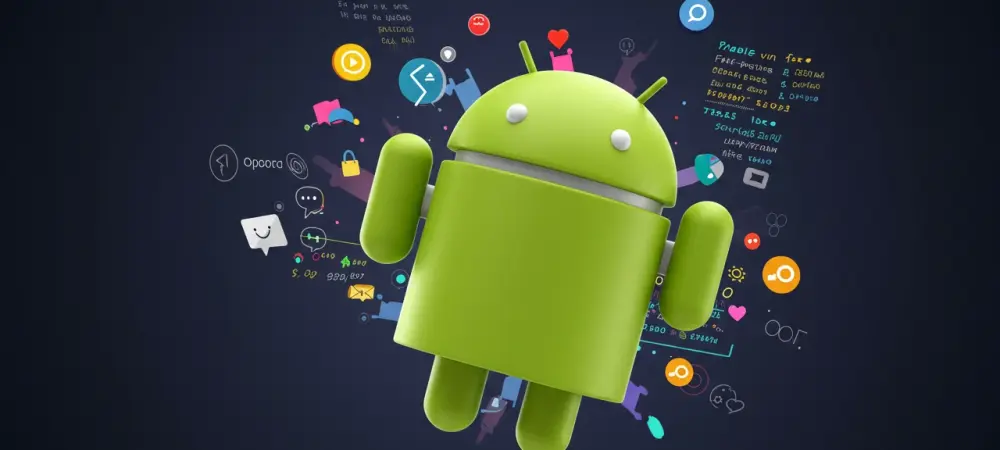Google’s release of the Android 16 QPR1 Beta 2 update marks a significant leap forward in optimizing the Android desktop experience when leveraging connected displays. With this update, Google has taken substantial steps to transform the interface into a more versatile and user-friendly platform, amplifying both productivity and functionality for tech-savvy individuals and professionals alike. The enhancements build upon previous iterations, focusing on desktop windowing, multitasking, and the crucial integration of connected displays. These improvements are expected to provide users with a robust desktop-like experience by converting external screens into efficient operational hubs.
Enhanced Support for Connected Displays
Transforming External Display Engagement
The Android 16 QPR1 Beta 2 update is bringing a transformative change for users who frequently engage with external displays, offering a desktop-like experience. This means that secondary screens are no longer merely mirrors of primary ones, but instead become independent workspaces capable of highlighting specific applications. This innovative feature equips users with versatility reminiscent of conventional desktop setups. Switches are seamless between traditional and extended modes, so users can operate either their existing workspace alongside an extended one or maintain continuity on a single expansive screen. This transition promotes a smooth and efficient workflow, where app windows and the mouse cursor can fluidly navigate between multiple displays with ease. Such functionality proves indispensable for professionals juggling numerous tasks and applications simultaneously, ensuring their digital ecosystem aligns with the complexity of their workflow requirements.
Elevating Multitasking Capabilities
One of the keystone advantages of this update is the introduction of flexible window tiling, designed explicitly to enhance the way users interact with their devices. Now, users can arrange app windows in diverse layouts, making side-by-side work more intuitive on larger screens. This utility is ideal for individuals who rely on multitasking, bringing a new dimension of functionality that wasn’t as seamlessly accessible in previous versions. Additionally, this feature supports Google’s aim to provide new compatibility treatments for older apps, facilitating smoother transitions and ensuring performance consistency across various connected screens. By refining these applications, Google significantly improves the out-of-the-box user experience, eliminating the friction traditionally faced when using less optimized applications. Google fosters a responsive and versatile ecosystem that adapts to user multitasking needs.
Advanced Features Boosting Consistency
Persistence in Desktop Configuration
Aside from enhancing current functionalities, Android 16 QPR1 Beta 2 introduces significant improvements in preserving desktop configurations, making consistent interface experiences possible across sessions. This persistence in window positioning and sizing creates a more predictable and user-friendly environment, reducing the need for repetitive customization. Users can return to their workflows without hesitation, knowing their preferred setups will remain intact through successive uses. This continuity underscores Google’s focus on user-centric design, making digital multitasking less cumbersome and more efficient. Allowing for stable, predictable configurations not only aids in routine tasks but also facilitates quicker adaptation to workflow changes and unexpected project requirements. This feature positions Android 16 as a competitive choice for users seeking flexibility without sacrificing reliability.
Google’s Dedication to Enhanced Functionality
Google’s rollout of the Android 16 QPR1 Beta 2 update represents a notable advancement in refining the Android ecosystem, especially for those utilizing connected external displays. This update is pivotal in reshaping the interface to be both more versatile and user-friendly, significantly enhancing productivity for both tech enthusiasts and professionals. Emphasizing key areas like desktop windowing, multitasking capabilities, and the integral use of connected displays, the update builds upon previous versions to provide substantial improvements. By transforming external screens into effective operational hubs, the update aims to deliver a robust, desktop-like experience. This marks a strategic move by Google to bridge the gap between mobile and desktop interfaces, allowing users to seamlessly transition between devices. With these changes, Android not only reinforces its competitive edge but also sets a new benchmark in how we interact with devices, whether for work or leisure, creating a more integrated and efficient technological environment for daily use.

